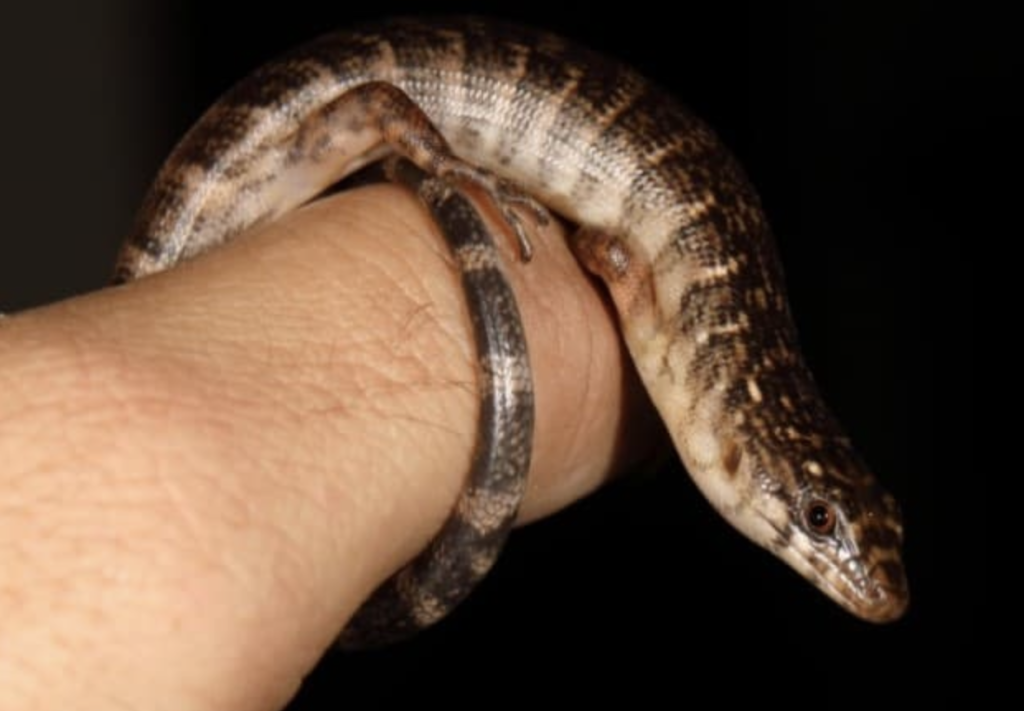
The island of Hispaniola has been studied for over 500 years, and yet, there are still things to be found that are unique and not found anywhere else in the world. The most recent discovery was made by young investigators who were working in the Jaragua National Park in the southwest of the country.
Jaragua National Park is where Oviedo Lagoon, Enriquillo Lake and Bay of Eagles (Bahía de las Aguilas).
Off a key in the Oviedo Lagoon area, young researcher Miguel Landestoy discovered a little lizard with different characteristics. The lizard is now named “Lucia de Jaragua” lizard and is of the new genre of Guarocuyus jaraguanus, according to the article in Zootaxa, a scientific journal dedicated to fauna. The little lizard has a semi-prehensile tail, which is, indeed, unusual. A prehensile tail is the tail of an animal that has adapted to grasp or hold objects. The new species is a night creature and prefers trees as its habitat.
According to the paper co-authored by Landestoy, the lizard is only known to be found at the two small adjacent keys in Laguna de Oviedo, in the Barahona peninsula — Cayo de las Iguanas and Cayo Pei. He also said that the species found could be “a relict of a previously widespread lineage.”
The Oviedo Lagoon is, in itself, a rarity, since it is three times saltier than the sea, and had become a “must see” place for bird-watchers and biological and botanical researchers.
Given the fact that tourists visit the larger of the two keys, Landestoy advocates that the lizard be given the “endangered” label for protection.
The abstract of the scientific paper explains that the forest lizard is known only from two small adjacent keys in the Laguna de Oviedo of the Parque Nacional Jaragua in the Barahona Peninsula, Dominican Republic, at the southernmost region of the Caribbean island of Hispaniola. The genus Guarocuyus gen. nov. is genetically more closely related to the clade containing Celestus Gray, Comptus Schools & Hedges, and Panolopus Cope; nevertheless, we compare it to all celestine genera. Morphologically, it differs from other celestines by having an interdigital web on three toes and by having the widest ear opening. Additionally, the species Guarocuyus jaraguanus sp. nov. has some ecological attributes that when combined, appear to be unique, including nocturnal habits, a semiprehensile tail, and a facultatively arboreal lifestyle. We note sexual dimorphism in the new species and in two other celestines, Caribicus darlingtoni (Cochran) and the poorly known Celestus macrotus Thomas & Hedges, and report a range extension of the latter species into the Dominican Republic. We also discuss several scale topography conditions considered of taxonomic value for the group.
Read more:
Zootaxa
Diario Libre
3 January 2023

